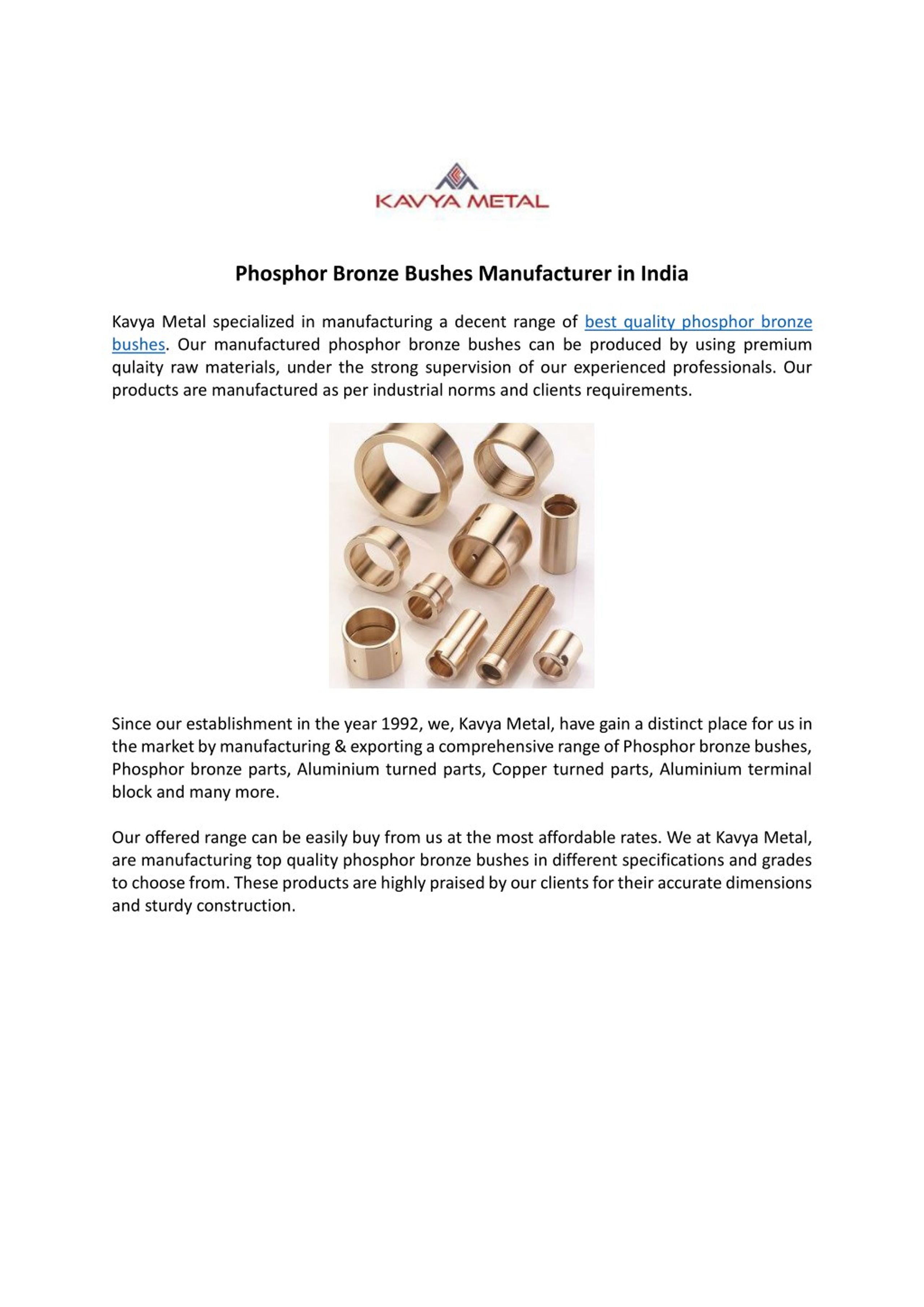Products Manufactured In India
'Make your animals disease resist shake Hand with REFIT'
Made In India Products
Division of Cattle Feed Supplement, Poultry Feed Supplement & Pet Products
We are leading company in India for manufacturing, exporting, supplying and trading of Quality Oriented IndianVeterinary Products for better health, growth, reproduction & production of livestock. Now we considered as one of the leading Animal Feed Supplements Manufacturers and Veterinary Products Manufacturers.
This uk replica watches green water ghost special place is made for the Sultanate of replica watches uk, stainless steel table engraved Oman crown rolex replica, crossed the knife logo, which is a symbol of the swiss replica watches Arab royal family.
In Cattle Feed Supplementsand Poultry Feed Supplementsfield we have started with a small unit of just 6 to 7 veterinary products. Now a days with positive response from our valuable customers and their faith in our product quality. We are now dealing with huge no. of cattle and poultry feed supplement products.
We have a range of Veterinary Products which play very important role in protecting and maintaining animal health.These products are categorized as Poultry Products, Cattle Feed Supplements and other Nutritional Supplements. You should concentrate on the nutritional need of the animals in order to protect them from any disease. You can find wide range of such products including Herbal Liver Tonic, Liquid Calcium Supplement, Mineral Mixture, Herbal Dewormer, Veterinary Bolus, Iron Tonic, Bypass Fat, Multivitamin, Milk Booster and much more. These Nutritional Supplements have their own benefits. Animal Health Care Products are required to maintain productivity, ensure good health and proper growth of the animals.
REFIT ANIMAL CARE has expanded its reach to every corner of India. We also offer Franchise Distribution. The Franchise Business is very trending in the market nowadays. Get FREE Veterinary Business Franchise Opportunity.
With years of experience in 3rd Party Manufacturing of Veterinary Products, We have been well accepted. We also deal in P.C.D Pharma Contract Manufacturing. Now We are considered as One of The Best Pharmaceuticals Companies in India.
On Public Demand REFIT ANIMAL CARE open Amazon Pet Shop at Amazon E-commerce Platform, So You can Buy Single Piece as well as the bulk Products from Amazon with CASH ON DELIVERY Service, Pay only when you will get products from REFIT ANIMAL CARE
You need more information?
Fill the Form, We will happy to help you.
- FLS Publications
- FLS Data
- FLS Methods
- About FLS
On This Page |
Background
BLS has developed estimates of employment and hourly compensation costs in India's organized manufacturing sector. Compensation costs for India are not directly comparable with the data for the other countries published by BLS (see Data Features section below).
A complete discussion of data comparability issues and methods used to calculate the estimates can be found in the May 2010 Monthly Labor Review article 'Labor costs in India's organized manufacturing sector'.
Unique Products Manufactured In India
The 'organized sector' refers to the portion of India's manufacturing activity that is formally registered with state governments, and is thus subject to regulation.
Products Manufactured In Indiana
Data Features
It is important to note the following aspects of Indian source data that limit comparability with BLS estimates of compensation in other countries:
Data treatment
India’s central statistics office does not adjust data from its Annual Survey of Industries (ASI), the source of the BLS estimates, to correct for missing, incomplete, or incorrect data. In addition, penalties for noncompliance are rarely enforced. The data are thus less reliable than survey data that have been adjusted by the receiving statistical agency, or than data that are weighted to be representative of the entire survey population.
Organized vs. unorganized sector
These data cover India's organized manufacturing sector only, that is, the portion of India's manufacturing activity that is formally registered with state governments, and is thus subject to regulation. The unorganized sector is not regulated, and little data exist for its enterprises. The organized sector produces two-thirds of India's manufacturing output; however, close to 80 percent of Indian manufacturing employees work in the unorganized sector. The lack of information on the unorganized sector means that a large segment of the manufacturing workforce is not represented in these data.
Contract labor
Contract workers, who are cheaper to employ because they are often not provided with benefits such as social insurance and paid vacation, make up a significant and growing portion of manufacturing workers in India (see Table 1). Data do not exist to remove contract workers' earnings from the earnings of other workers, as BLS does for its main series; as a result, it is likely that the labor cost estimates are lower than they would be if they excluded contract workers.
Hours
Hours actually worked are not recorded by the ASI; thus, it is not clear how much work occurs 'off the books.' Information gained from personal interviews indicates that overtime work is common, but that it is not always compensated at the legally required rate of two times the usual salary. Although earnings, hours, and employment that are not documented by employers likely affect the hourly compensation estimates presented below, no adjustments have been made because the magnitude of the unrecorded data is not known.
Sector-level Compensation and Employment
Chart 1.
Hourly compensation costs have grown steadily in both rupees and in U.S. dollars, but the rate of increase for production workers has been slower than the rate for all manufacturing employees. See Chart 1 and Table 1.
Table 1.
| YEAR | Average hourly earnings in rupees (hourly pay for time worked) | Hourly compensation in rupees | Hourly Compensation in U.S. dollars | |||
|---|---|---|---|---|---|---|
| All employees | Production Workers | All employees | Production Workers | All employees | Production Workers | |
1999 | 20.86 | 16.17 | 29.43 | 22.68 | 0.68 | 0.53 |
2000 | 22.74 | 17.16 | 31.68 | 23.75 | 0.70 | 0.53 |
2001 | 23.99 | 17.78 | 33.65 | 24.77 | 0.71 | 0.52 |
2002 | 25.20 | 18.48 | 35.36 | 25.73 | 0.73 | 0.53 |
2003 | 26.86 | 19.27 | 37.68 | 26.81 | 0.81 | 0.58 |
2004 | 27.88 | 19.78 | 38.55 | 27.10 | 0.85 | 0.60 |
2005 | 29.44 | 20.42 | 40.02 | 27.49 | 0.91 | 0.62 |
2006 | 31.76 | 21.57 | 43.07 | 28.94 | 0.95 | 0.64 |
2007 | 35.90 | 23.74 | 48.30 | 31.57 | 1.17 | 0.77 |
2008 | 41.06 | 26.22 | 54.76 | 34.54 | 1.26 | 0.80 |
2009 | 44.77 | 28.67 | 59.72 | 37.77 | 1.24 | 0.78 |
2010 | 51.00 | 32.37 | 66.84 | 41.87 | 1.46 | 0.92 |
Note: | ||||||
Chart 2.
The gap between the compensation costs of production workers and non-production workers has nearly doubled in the past five years.
Table 2.
Employment of non-production and directly employed production workers has been growing since 2004, but not nearly as quickly as production workers employed through contractors. Workers hired through contractors likely earn less than directly hired workers, and their increasing numbers are one of the underlying reasons for the increasing gap between production and non-production worker compensation.
| Index: 1999 = 100 | All employees | Non-production workers | Production workers directly employed | Production workers employed through contractors | ||
|---|---|---|---|---|---|---|
1999 | 100 | 100 | 100 | 100 | ||
2000 | 96 | 91 | 96 | 106 | ||
2001 | 94 | 88 | 92 | 109 | ||
2002 | 95 | 86 | 92 | 118 | ||
2003 | 95 | 86 | 91 | 126 | ||
2004 | 99 | 89 | 93 | 144 | ||
2005 | 107 | 94 | 98 | 168 | ||
2006 | 117 | 102 | 105 | 195 | ||
2007 | 124 | 107 | 110 | 214 | ||
2008 | 133 | 120 | 115 | 234 | ||
2009 | 140 | 127 | 120 | 252 | ||
2010 | 150 | 134 | 126 | 280 | ||
Source: U.S. Bureau of Labor Statistics, International Labor Comparisons | ||||||

Industry-level Compensation and Employment
Chart 3.
There is a fairly wide disparity in hourly compensation costs across manufacturing industries in India. In 2010, compensation for industries in the top quartile was on average about three times the compensation for industries in the bottom quartile. But the highest and lowest compensated industries in India tended to be similar to those in other countries: coke and petroleum products is generally among the highest paid industries, while wood, leather, textiles, and apparel products manufacturing are commonly lower paid industries.

Chart 4.
In India, nearly 40 percent of organized manufacturing sector employees are in the low-paying food, beverage, and tobacco and the textiles, leather, and apparel industries.
International Comparisons
Chart 5.
Indian manufacturing compensation costs are increasing relative to other countries, but still remain far below those of most other countries covered by BLS.
EXCLUSIVE: SOUTH KA SUPER PUNCH hindi dubbed movies, hindi full movies, hindi films, bollywood movies, bollywood full movies, dubbed movies, bollywood movies, bollywood full movies, latest hindi movies 2017, action movies, goldmine telefilms movies, south indian movies dubbed in hindi full movie 2017 new, hindi movies 2017 full movie, hindi dubbed movies 2017 full movie, full hindi dubbed movies, bollywood movies 2017 full movie, dubbed movies in hindi full, south indian movies dubbed in hindi full movie 2016 new น้อยลง. Tamil movies 2016 full movie maari. Watch Latest (Telugu, Tamil, Kannada, Malayalam Movies in Hindi) South Indian Movies Dubbed in Hindi Full Movie 2017.
Comparison with China
Although BLS hourly compensation cost estimates for India are not directly comparable with those for China or the United States, it is possible to look at them together for a rough indication of their relative compensation costs.
Chart 6.
There are several technical limitations with comparing India's manufacturing compensation costs with China’s that diminish the meaningfulness of direct level comparisons between the two. It does appear, however, that costs in China are growing at a faster rate than in India.
Chart 7.
While social insurance costs as a percentage of total compensation have been rising in China, they have been on the decline in India. These diverging trends are a major reason why total compensation costs in China are increasing relative to costs in India.
Publications
- 'Labor costs in India's organized manufacturing sector,' (PDF) by Jessica R. Sincavage, Carl Haub, and O.P. Sharma, Monthly Labor Review, May 2010, pp. 3-22.
Last Modified Date: August 28, 2013